400GBASE-SR4 QSFP112 PAM4 850nm 50m DOM MPO-12/APC MMF Optical Transceiver Module
- Estimated Delivery : Up to 4 business days
- Free Shipping & Returns : On all orders over $200
The 400GBASE-SR4 QSFP112 PAM4 850nm 50m DOM MPO-12/APC MMF Optical Transceiver Module is engineered to meet the high-speed connectivity demands of modern data centers and high-performance computing environments. Designed for short-range applications, this transceiver facilitates efficient data transmission over multimode fiber (MMF) networks.
This transceiver operates at a central wavelength of 850 nm and utilizes a vertical-cavity surface-emitting laser (VCSEL) array for transmission, paired with a PIN photodetector array for reception. Each of the four parallel channels supports a data rate of 106.25 Gbps, achieving an aggregate bandwidth of 425 Gbps. The module’s PAM4 modulation format effectively doubles the data capacity per channel compared to traditional NRZ modulation, optimizing bandwidth utilization. The MPO-12/APC connector ensures a secure and efficient interface with MMF cabling, supporting transmission distances up to 50 meters over OM4 fiber. This makes it suitable for short-reach applications such as intra-data center connections and high-speed interconnects between switches and servers.
Equipped with Digital Diagnostics Monitoring (DDM), the transceiver provides real-time access to operating parameters like temperature, voltage, and optical power levels. This feature facilitates proactive maintenance and enhances overall network reliability. With a maximum power consumption of 8.5 W, the module is designed to be energy-efficient, aligning with the operational constraints of high-density network environments.
The 400GBASE-SR4 QSFP112 transceiver is ideal for:
- 400 Gigabit Ethernet applications
- High-speed data center interconnects
- High-performance computing networks
- Short-reach connections within enterprise networks
By adhering to industry standards and offering robust performance metrics, this transceiver module serves as a reliable component for organizations aiming to upgrade their network infrastructure to 400G capabilities.
| Brand | WHGEARLINK |
|---|---|
| Description | QSFP112 400G 850nm 50m MPO-12/APC |
| Data Rate | 400G |
| Package | QSFP112 |
| Wavelength (nm) | 850nm |
| Reach | 50m |
| Operating Voltage | 3.3V |
| TX output (dBm) | -4.6~4 |
| RX Sensitivity (dBm) | -6.3 |
| Power Consumption(W) | 9W |
| Operating Temperature | 0 to 70°C (32 to 158°F) |
| DOM | Yes |
What are the main categories of 400G optical transceivers?
Based on transmission distance and application scenarios, 400G optical transceivers are mainly categorized into SR8 (short-range), DR4 (medium-range), FR4 (medium-long range), and LR4 (long-range).
What are the common packaging types for 400G optical transceivers?
Common packaging types for 400G optical transceivers include QSFP-DD, OSFP, and QSFP112. Among these, QSFP-DD and OSFP are widely used due to their high density and excellent heat dissipation performance.
What are the main application areas of 400G optical transceivers?
400G optical transceivers are primarily used in data centers, high-performance computing, and communication networks, meeting the demands for high bandwidth and high-speed data transmission.
What is a QSFP-DD packaged 400G optical transceiver?
QSFP-DD (Quad Small Form-factor Pluggable Double Density) is a dual-density, four small form-factor pluggable package that supports data transmission rates up to 400Gbps, suitable for high-density network environments.
What is the transmission distance range for 400G optical transceivers?
Depending on the type, the transmission distance ranges from 100 meters (SR8) to 10 kilometers (LR4), covering the needs from short-range to long-range transmissions.
How do 400G optical transceivers meet the demands of data centers?
By providing high bandwidth and high-density connections, 400G optical transceivers support the high-speed transmission of massive amounts of data within data centers, improving overall network performance.
What role do 400G optical transceivers play in communication networks?
In communication networks, 400G optical transceivers are used to build high-capacity transmission links to meet the growing network traffic demands.
What is the power consumption of 400G optical transceivers?
The power consumption of 400G optical transceivers typically ranges from 8W to 12W, depending on the module type and application scenario.
What types of interfaces do 400G optical transceivers have?
Common interface types include MPO and LC, with the specific choice depending on the module type and application requirements.
What is the transmission rate of 400G optical transceivers?
400G optical transceivers have a transmission rate of 400Gbps, meeting the requirements for high-bandwidth applications.
What is the working temperature range of 400G optical transceivers?
The typical working temperature range is from 0°C to 70°C, though the specific range may vary depending on the module type and application scenario.
What are the dimensions of 400G optical transceivers?
The dimensions vary by packaging type. For example, the QSFP-DD package measures 90mm x 18.35mm x 8.5mm.
What transmission media do 400G optical transceivers use?
They mainly use single-mode fiber and multi-mode fiber, with the choice depending on the transmission distance and application needs.
What modulation technique is used in 400G optical transceivers?
400G optical transceivers typically use PAM4 (Pulse Amplitude Modulation with four levels) technology to improve data transmission efficiency.
How compatible are 400G optical transceivers?
Designed to comply with relevant standards, 400G optical transceivers ensure compatibility with equipment from different vendors.
How reliable are 400G optical transceivers?
Through rigorous testing and certification, 400G optical transceivers are designed to ensure stability and reliability under various environmental conditions.
What is the cost of 400G optical transceivers?
As the technology matures and production scales up, the cost of 400G optical transceivers has been gradually decreasing, leading to better cost-effectiveness.Where are 400G optical transceivers mainly used?
Data Centers: With the explosive growth in data traffic, data centers require higher bandwidth and faster transmission speeds. 400G optical transceivers meet the needs for large-scale data transmission and processing by providing high-density and high-speed connectivity.
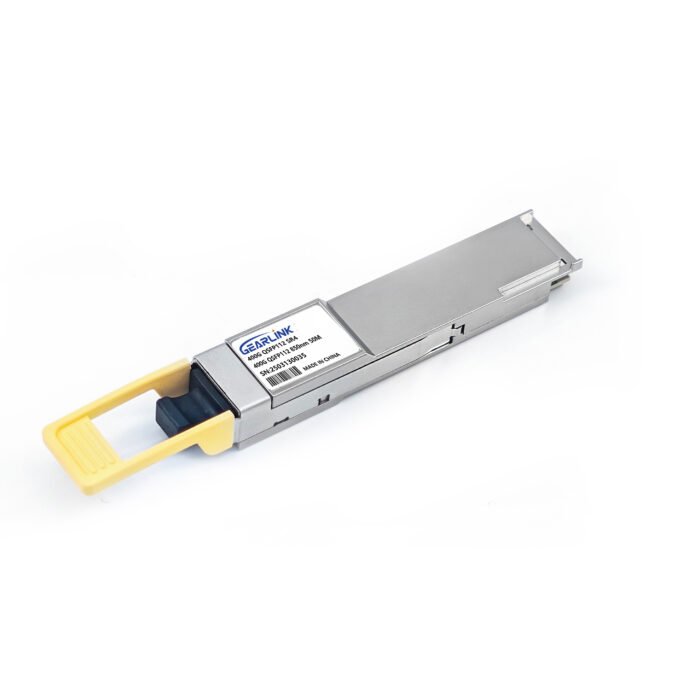
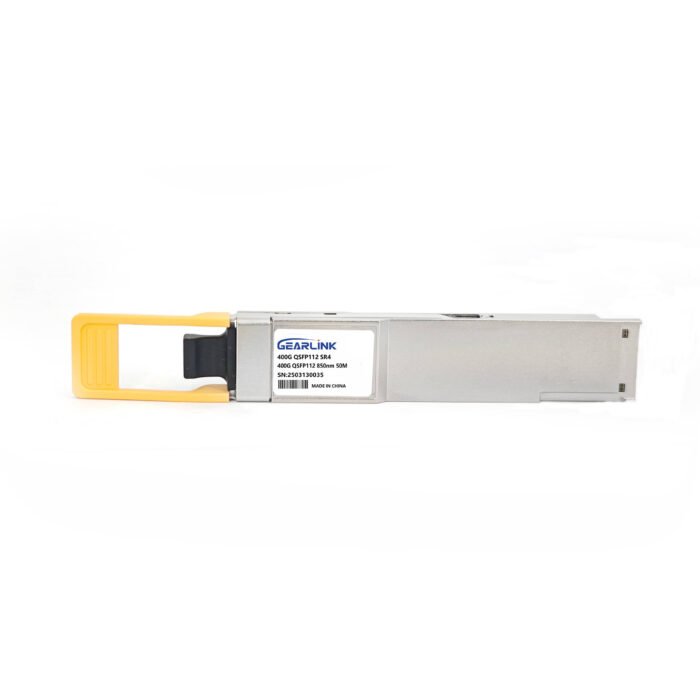
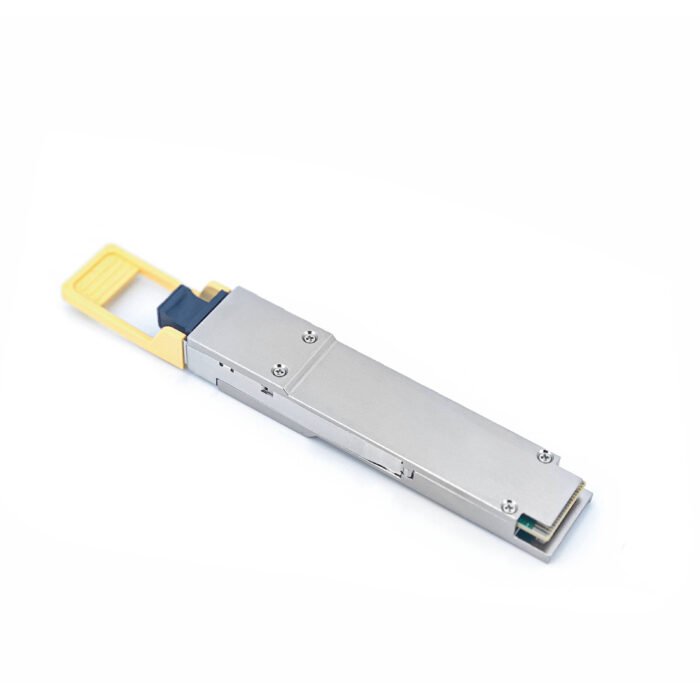

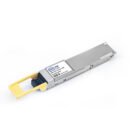
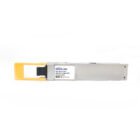

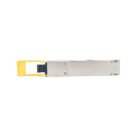
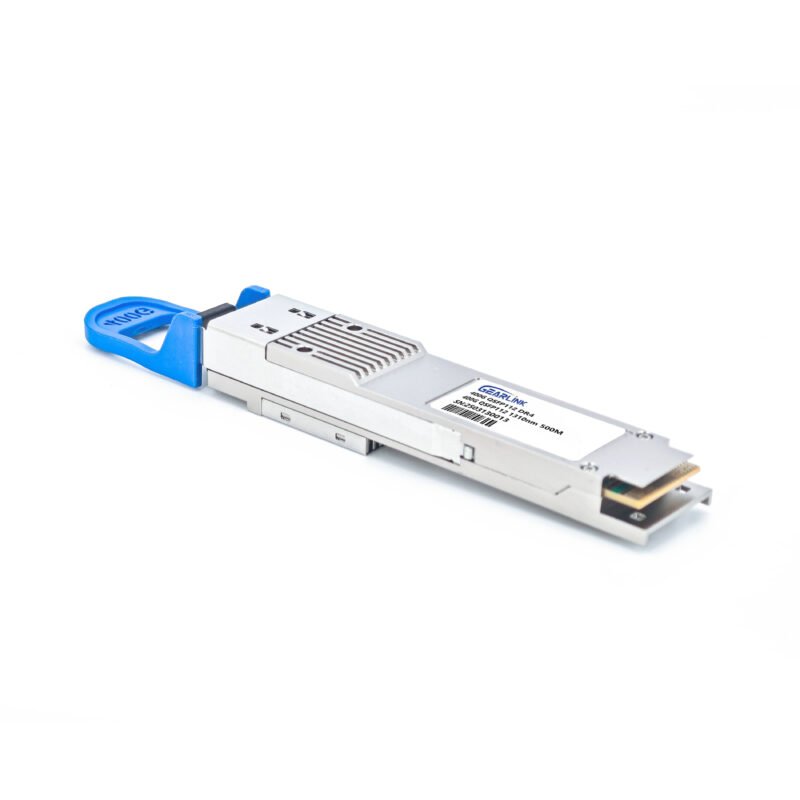


Reviews
There are no reviews yet.